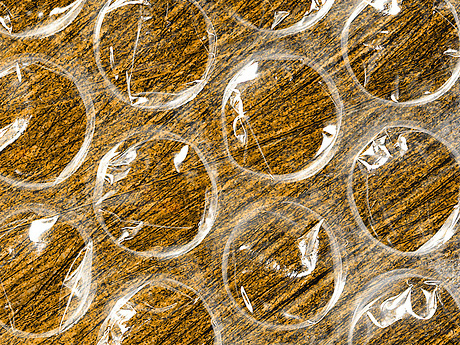CHIRP’s potential as a bioplastic production system extends well beyond the research laboratory — the fast, efficient production of PHAs will allow the phasing-out of petroleum-based plastics, leading to
- A reduction in landfill sizes
- The elimination of hazardous air pollutants caused by the combustion of petroleum fuels to produce current plastics
- A decrease in occurrences of smog and acid rain
- The slowing-down of global warming through the reduction of carbon dioxide emissions
- A reduction in dependence on foreign oil
- The saving of costs on recycling and environmental cleanup
Some of the myriad applications of CHIRP technology include
- Replacements for all current conventional plastics (consumer-based, industrial, etc.)
- Printing (in toners and adhesives)
- Agricultural encapsulation and slow release of seeds and fertilizers
- Medical uses such as tissue scaffolding, orthopedic pins, heart valves, and nerve guides
CHIRP is capable of both revolutionizing current methods of plastic production and eliminating the need for petroleum-based plastics, ensuring a cleaner environment for future generations.




